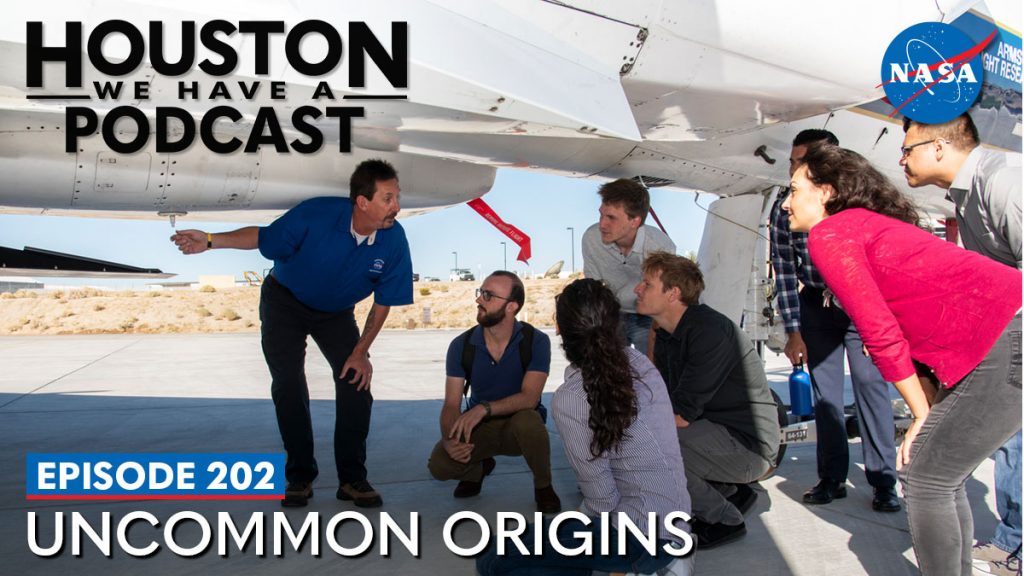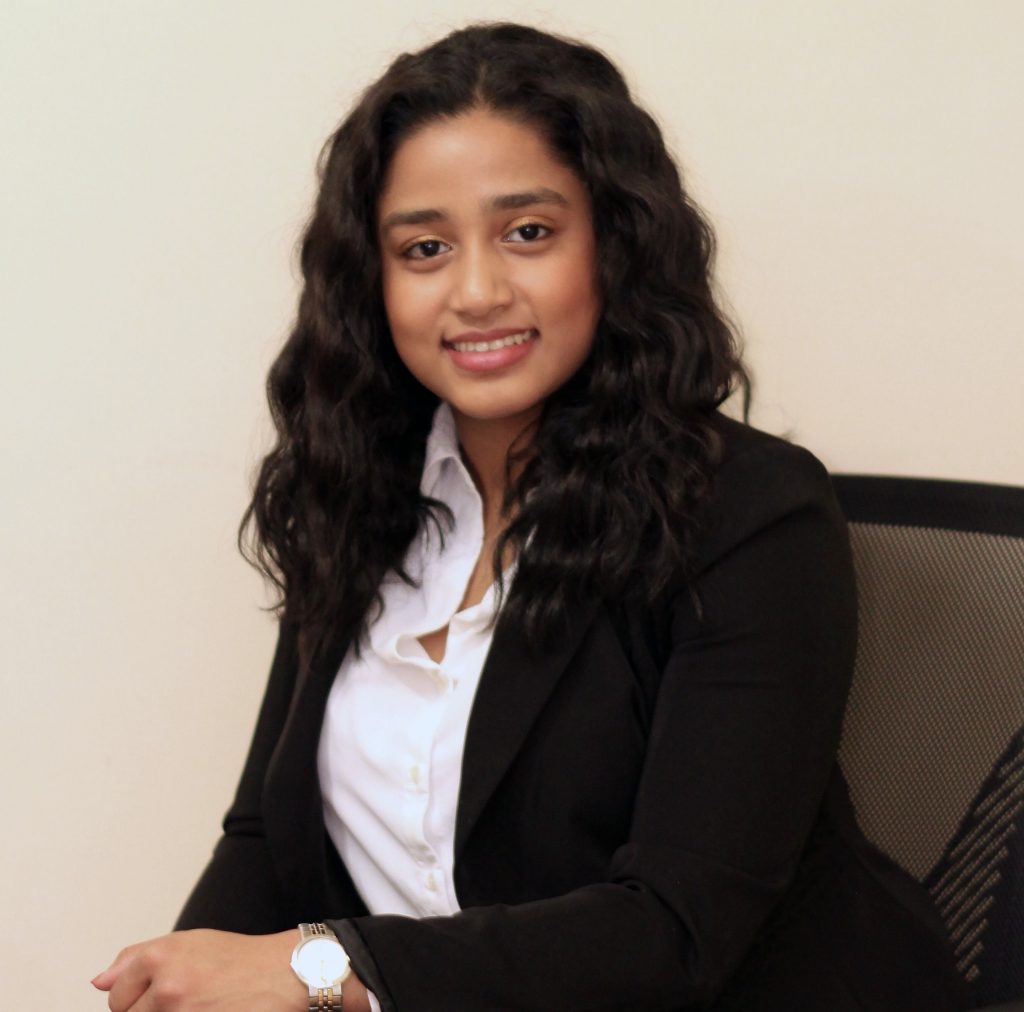As I embarked on my NASA journey, little did I know that the possibilities awaiting me were as vast as the cosmic expanse we strive to explore. The awe-inspiring space agency has become my workplace and a sanctuary where I find the courage to dream beyond the stars. It’s a safe space that fosters creativity and innovation, but what indeed elevates the experience is the remarkable presence of black women who have become beacons of inspiration in my orbit.
Within the agency’s confines, I discovered the transformative power of representation and the profound impact it has on one’s aspirations. The NASA 2040 project, a venture close to my heart, serves as a conduit for making the agency more inclusive and accepting. Every day, I am privileged to contribute to this visionary initiative, working towards a future where everyone, regardless of background, can reach for the stars with unwavering belief.
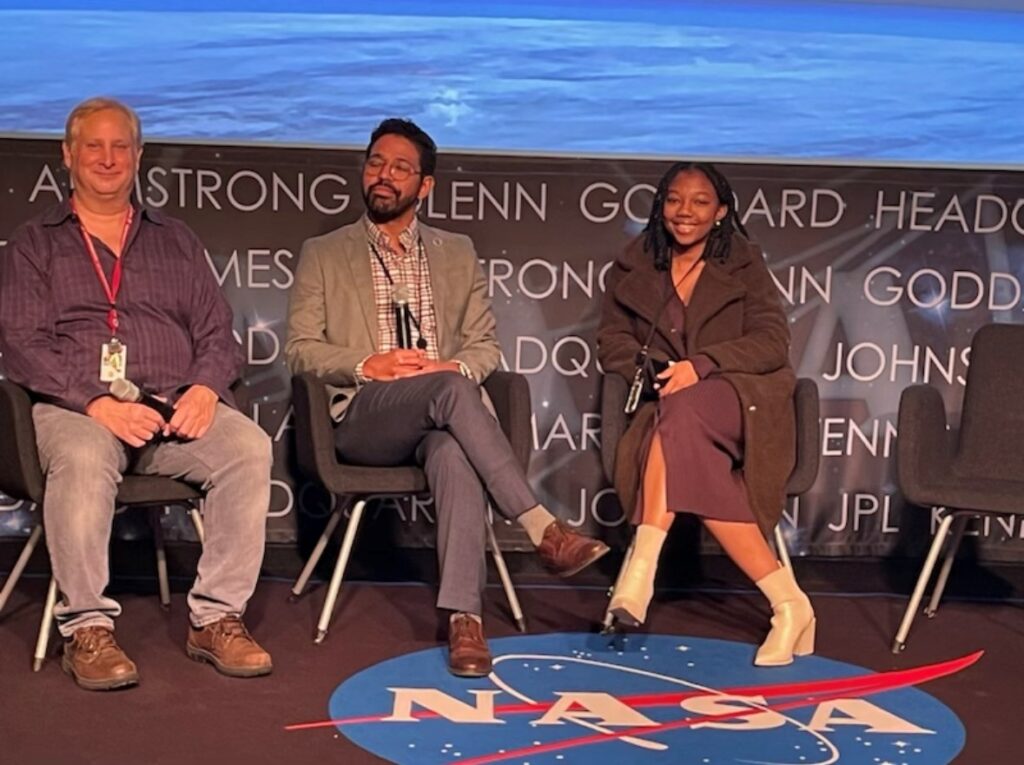
In the heart of NASA’s administration suite, I serve as a communications intern for the NASA 2040 project, where the essence of progress and change pulsates through every task. The journey is not just about reaching a destination; it’s about paving the way for those who will follow. It’s about making NASA a place where dreams know no boundaries.
As I embarked on my NASA journey, the trailblazers before me cast a luminous path, a trajectory illuminated by Mae Jemison, who boldly ventured into space, allowing aspiring individuals like me to soar beyond earthly limitations. Amidst the stellar colleagues who inspire me daily, I am acutely aware that I stand on the shoulders of extraordinary black women whose presence has been a guiding light in my cosmic journey.
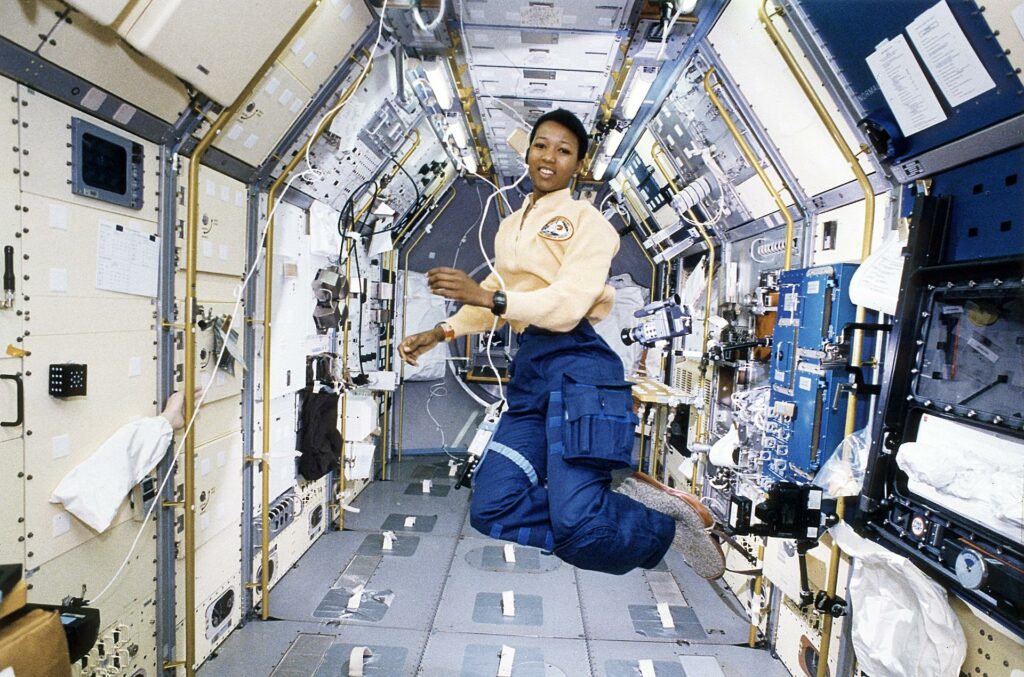
Laurie Grindle, Clare Lucky, Faith McKie, Gerelle Dodson, and Vanessa Wyche stand as trailblazers in a historically underrepresented industry. Shattering glass ceilings and proving that the sky is not the limit, these phenomenal women have not only ascended through the ranks at NASA but have also become beacons of inspiration for those of us who follow in their footsteps.
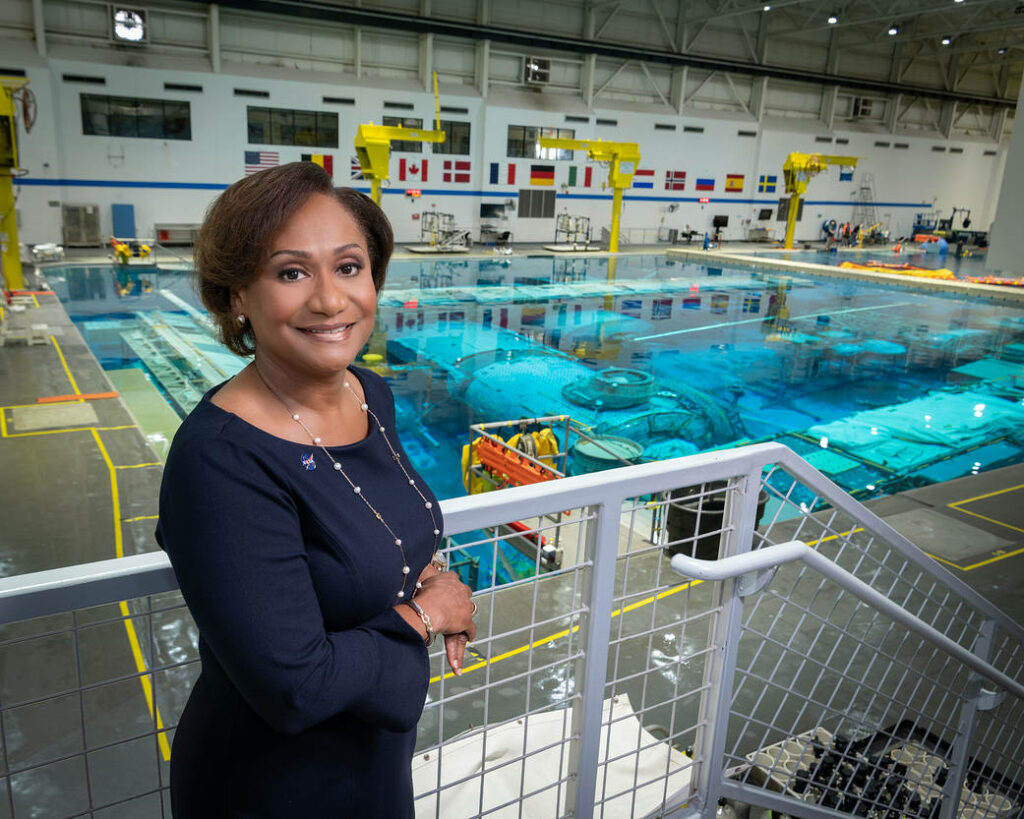
Mae Jemison’s historic journey into space broke barriers and opened new frontiers, carving a path through the cosmos that echoes with the spirit of ‘Because of Them I Can.’ Her legacy, intertwined with the triumphs of those like Grindle, Lucky, McKie, Dodson, and Wyche, is a testament to the indomitable human spirit and the infinite possibilities that await when we dare to dream.
I’m part of a journey inspired by trailblazers at NASA. Fueled by a desire for progress, NASA is more than a workplace; it’s where we paint a future celebrating diversity. The legacy of those before me propels me to envision NASA reflecting humanity’s rich tapestry, nurturing every dream. As torchbearers, we carry the lit torch of trailblazers, ensuring the legacy endures, evolving each day. With them, we reach for the stars, a testament to boundless potential.
Asia Alexander/NASA Headquarters

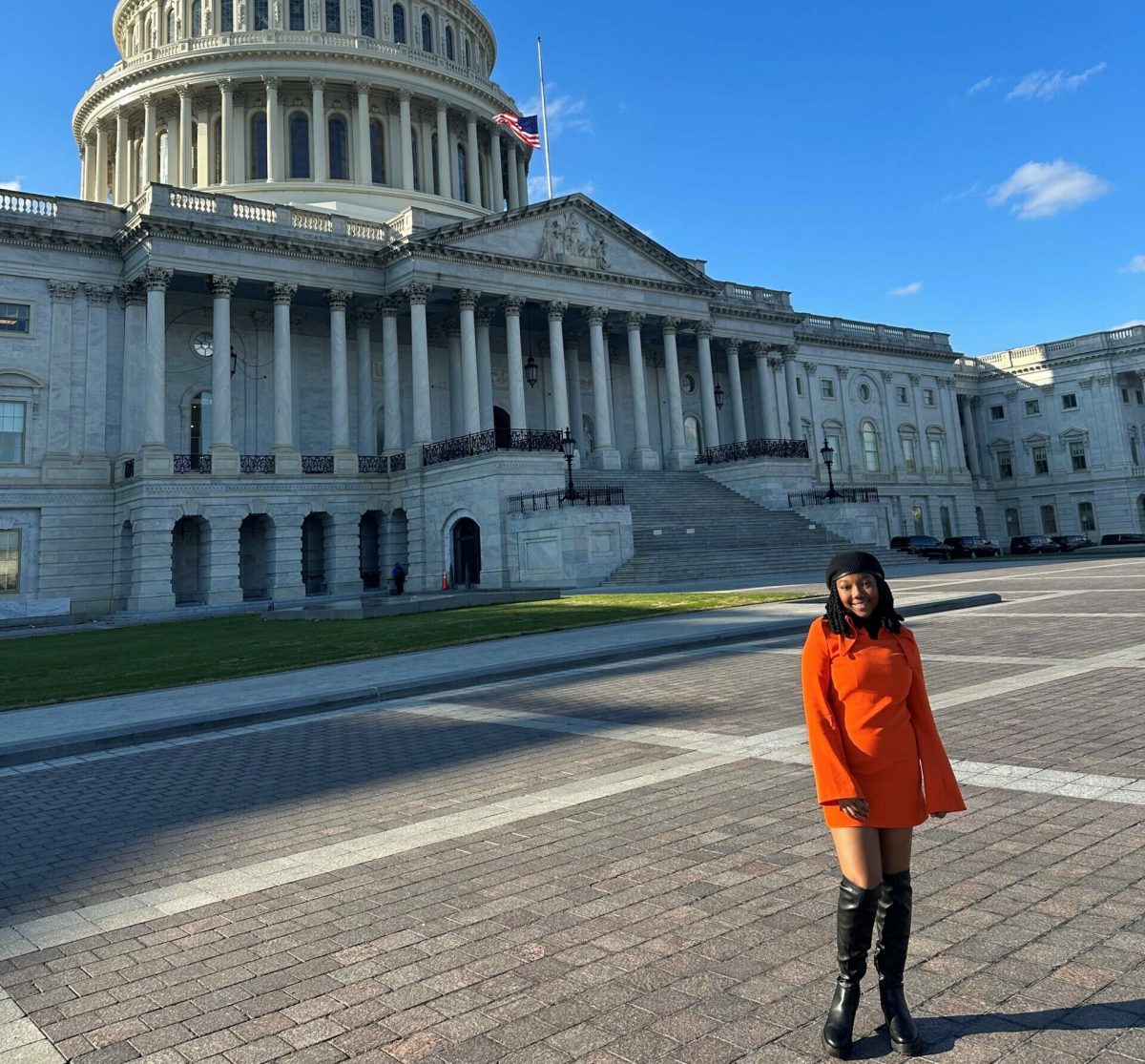

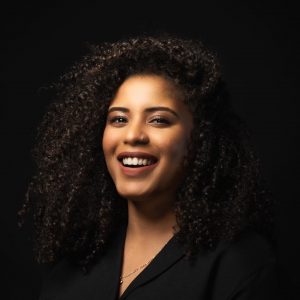 Laura Paulino, Montclair State University
Laura Paulino, Montclair State University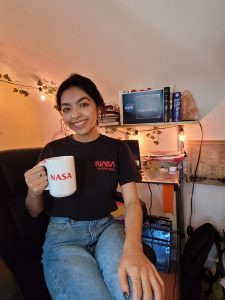 Yesenia Sanchez, Columbia University
Yesenia Sanchez, Columbia University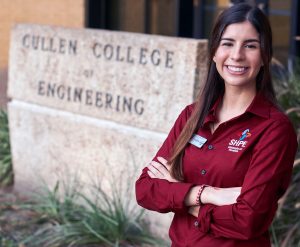 Andrea Lastra, University of Houston
Andrea Lastra, University of Houston Gabriel A. Colon Sanchez, University of Puerto Rico
Gabriel A. Colon Sanchez, University of Puerto Rico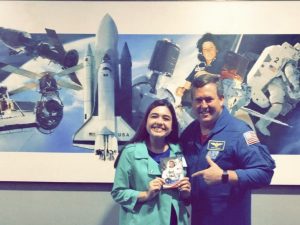 Mia Belle Frothingham, Harvard University
Mia Belle Frothingham, Harvard University 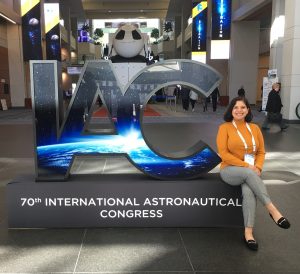 Cindy Valdez, Los Angeles City College
Cindy Valdez, Los Angeles City College
